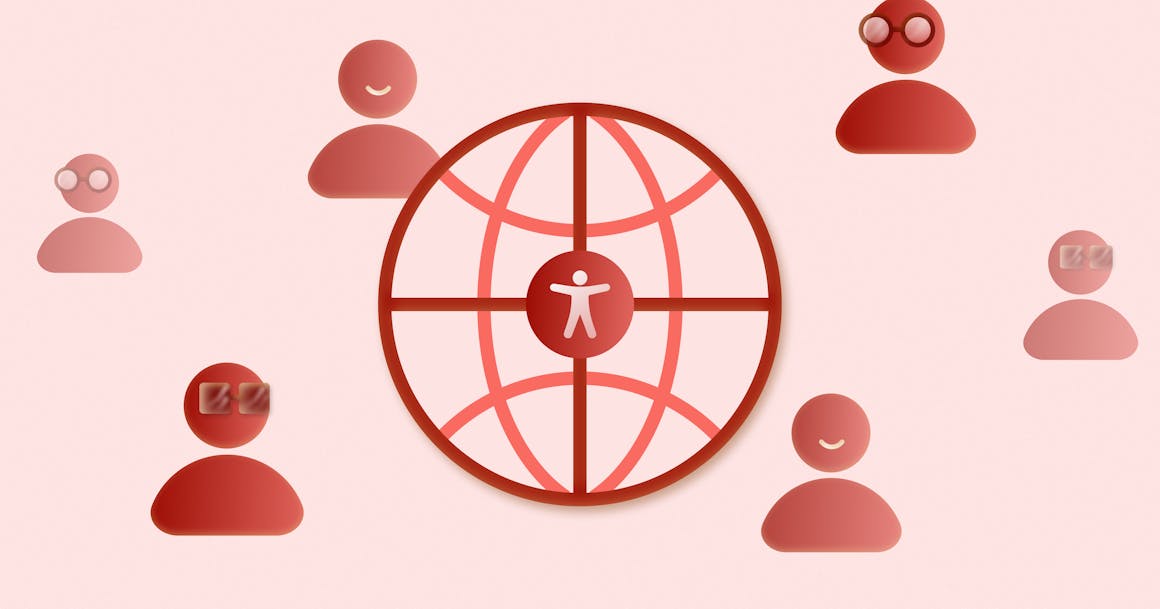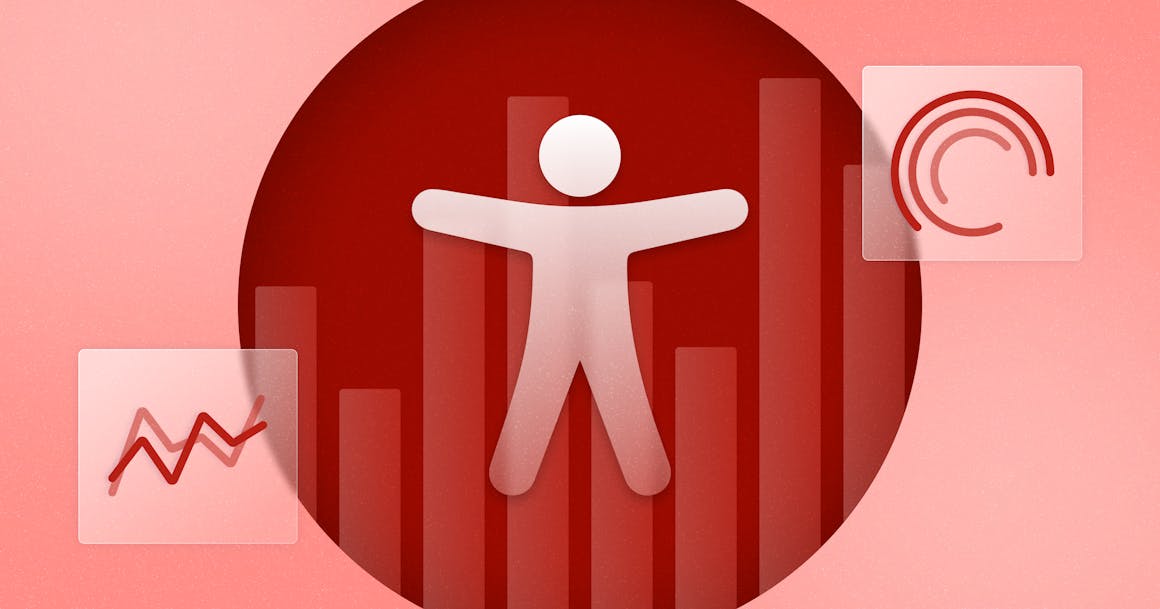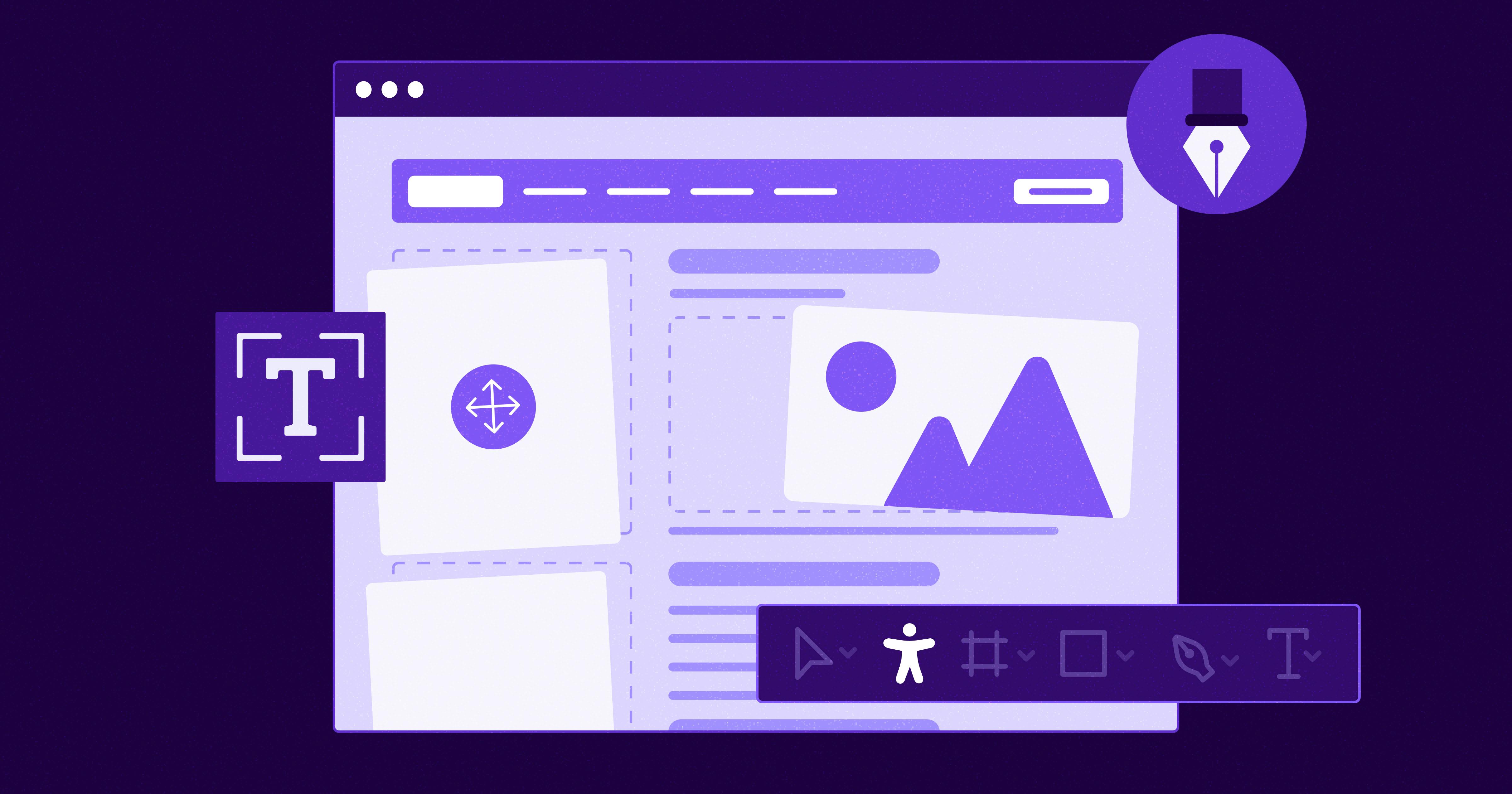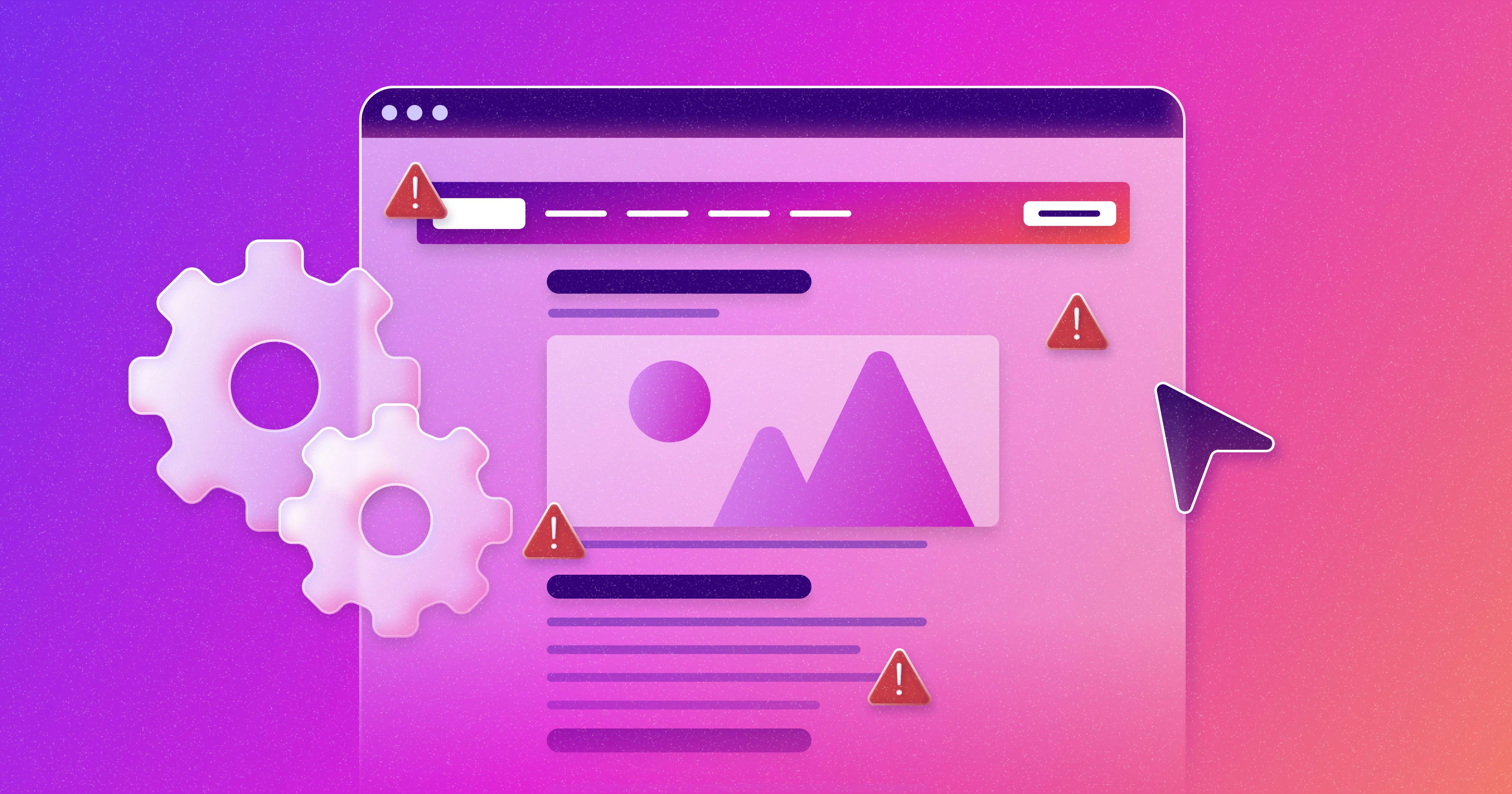Building for Trust, Transparency, and Collaboration


Ready to see AudioEye in action?
Watch Demo
In this blog, Mike Paciello, AudioEye’s Chief Accessibility Officer, reflects on the importance of trust, transparency, collaboration, and innovation in advancing accessibility — and shares three initiatives at AudioEye that live up to these ideals.
Last year, I was privileged to deliver the keynote address at the 2023 California State University, Northridge (CSUN) Assistive Technology Conference.
During my talk, I shared what I believe are the four keys to advancing accessibility: trust, transparency, collaboration, and innovation.
Quite a bit has changed since then. We’ve seen the introduction of new WCAG 2.2 guidelines. We’ve cheered on the U.S. Department of Justice as it strengthens the link between the ADA and web accessibility. On a personal note, I’ve started a new role as the Chief Accessibility Officer at AudioEye after 40 years in the technology and accessibility industries.
However, those four keys feel just as relevant today as they did a year ago. And I think it’s because each one is rooted in the same fundamental truth: Accessibility is really about common sense.
If you’re designing hardware or a new user interface, it makes sense to design it so the most people possible can use it.
By that same token, it makes sense to be honest and transparent about what you’re doing — including the limitations of any solutions. It makes sense to collaborate with members of the disability community. It makes sense to continue iterating and building new solutions based on what’s working and where new needs emerge.
In January, I joined AudioEye to help better align the company’s technology and services with the needs of the disability community.
Now that I’ve been at AudioEye for a few months, I want to share three things that live up to these ideals — and have me excited about where the company is headed:
1. Continued Investment In Community Testing
In my keynote address last year, I shared a 2018 quote from Dan Goldstein, who said:
“I am convinced we are losing ground. Technology is developing more rapidly than accessibility is progressing in the technology world. We’re going to have inaccessibility as long as students and computing don’t learn about accessibility and don’t see peers with disabilities.”
I’ve spent the last 40 years looking at things from the perspective of a person with a disability, even though I myself don’t have a disability. I like to think that I know how things should work or operate, but I also recognize that earned experience is no substitute for lived experience.
When you think you understand the needs of people with disabilities, you do not.
You need them involved in the design and development of your products and services. And if something is already live and in the wild, you better make sure you have people with disabilities testing it and providing feedback on how it can be improved.
One of the things that convinced me to join AudioEye was their desire to create more opportunities for people with disabilities, in more areas of the company.
Like most accessibility solutions, AudioEye hasn’t been perfect in the past. But they recognize the need for more collaboration, in everything from QA testing to the product roadmap.
I’m excited to be part of a company that is actively working to do a better job of incorporating members of the disability community — because any company missing that perspective is also likely to miss the mark when it comes to eradicating barriers to access.
2. Rebranding the Accessibility Help Desk As a Web Personalization Tool
Another reason I joined AudioEye was the company’s willingness to fix some of the things that weren’t working for members of the disability community — and be more transparent about the benefits, use cases, and target audiences of each solution.
Take our Accessibility Help Desk, for example.
One of the most polarizing topics in the disability community today is the way some companies promote accessibility widgets or overlays as a silver bullet to “solve” accessibility for every user.
The disability community has rightfully pushed back on that notion because, like us, they know you can’t deliver an accessible user experience by changing the visual presentation of a website (e.g., increasing font size or boosting color contrast) or turning off certain functionality, like animations that automatically play on page load.
In doing so, however, some people have started to associate AudioEye with the Accessibility Help Desk (i.e., the overlay) alone — and ignored the fact that our primary accessibility offering is a combination of:
- Automated accessibility testing and remediation to fix accessibility issues at the code level.
- Expert audits from real-life assistive technology users to uncover issues that automation alone cannot detect.
To help clear up any confusion, we’re in the midst of rebranding the Accessibility Help Desk as a web personalization tool. We believe there are use cases (including the elderly and less experienced users) who want to be able to customize a website’s visual presentation to their individual needs or preferences without having to adjust their browser or display settings.
By being more transparent about what the tool is and isn’t, we can accomplish two things:
First, we can help companies better evaluate and understand their accessibility needs, and start to combat some of the “overlays as a magic wand” messaging that can be harmful to the disability community.
Second, we can let members of the disability community know that we’re listening to their feedback on what’s useful and what’s simply masking the problem and creating a false sense of progress or accomplishment.
Frankly, this is a teachable moment for our team. Over these past few years our clients, subject matter experts, and the community of people with disabilities have helped us see the criticality of being transparent, inclusive, and collaborative without exception. Which leads me to our next goal:

3. Building for Accessibility With New Developer Tools
During my keynote address last year, I posed two questions to the audience:
- What if we defined accessibility as making a commitment to progress — and then following through?
- Or what if accessibility investment was focused on new products, rather than fixing existing ones?
There will always be a need for tools to go back and fix things that are already broken. But the best way to close the accessibility gap is by creating a culture where accessibility is part of the development process and the entire product lifecycle.
Since its founding in 2005, AudioEye has a long track record of innovation — and our new developer tools are the latest example of us getting ahead of the curve.
Our Accessibility Testing SDK helps web developers find and fix accessibility issues at the source code level earlier in the development process — so companies can build accessible experiences from the ground up, instead of going back and fixing issues.
Our goal is to create testing tools that meet developers where they’re already at, so accessibility feels like a normal part of the development process — and not something to figure out after the code goes live.
We’re excited to continue onboarding customers onto our developer tools — and help companies get ahead of issues before they can impact users.
Creating a More Equitable Future, Together
If you can’t tell, I’m a big believer in the power of a good quote — so I have one more to share.
Author Dean Burns once said, “Find your passion and wrap your career around it.”
And that, I believe, is something I’ve done all my life. My first CSUN was in 1990, back when it was held at the LAX Marriott. It’s been one of the honors of my professional career to meet people at the conference, learn from them, and be inspired by their ideas and determination.
I’m excited to do the same this year. I truly believe that, if we want to make tangible progress toward a more accessible, inclusive, and equitable future, we must focus on trust, transparency, collaboration, and innovation.
If you see me at the conference, stop and say hi. I look forward to meeting each and every one of you.
Ready to see AudioEye in action?
Watch Demo
Ready to test your website for accessibility?
Share post
Topics:
Keep Reading

7 Websites That Got Accessibility Right (and What You Can Learn)
Looking to create an accessible website? See how seven companies utilized accessibility best practices to create a seamless user experience that works for all.
accessibility
April 11, 2025

Why People + Automation Is the Right Approach to Accessibility Testing
Discover how using both automated and manual accessibility testing is the perfect approach to creating accessible, compliant digital content.
accessibility
April 08, 2025

Is WCAG Certification Possible? 6 Things You Need to Know
While WCAG standards don’t offer official certification, there are training programs and professional credentials that can boost your accessibility expertise. Learn more.
accessibility
April 03, 2025
